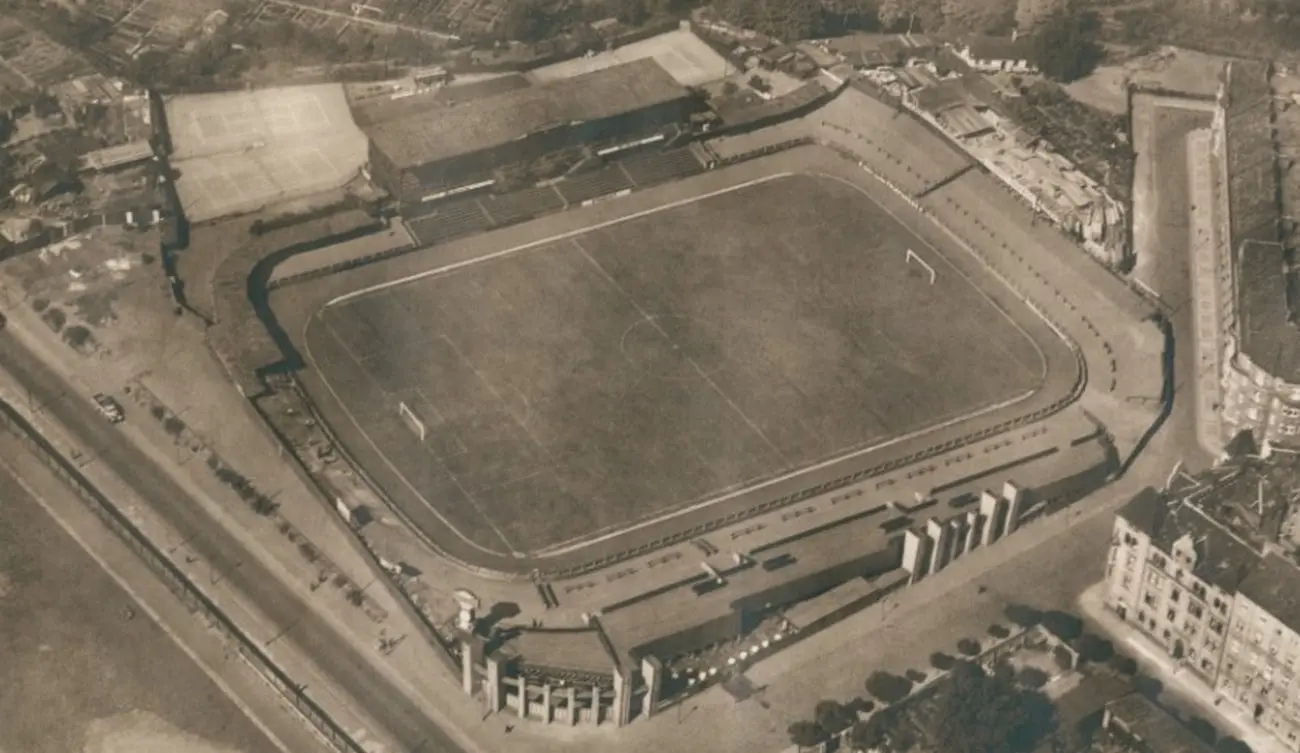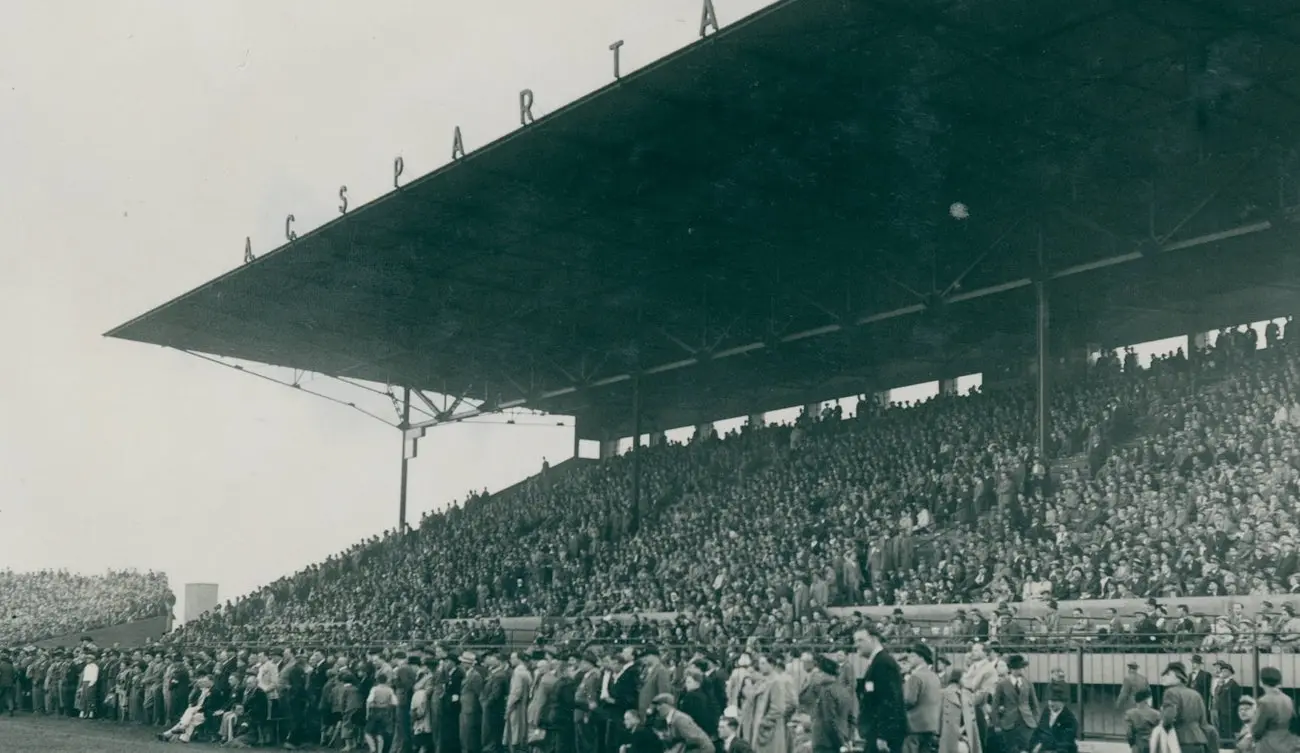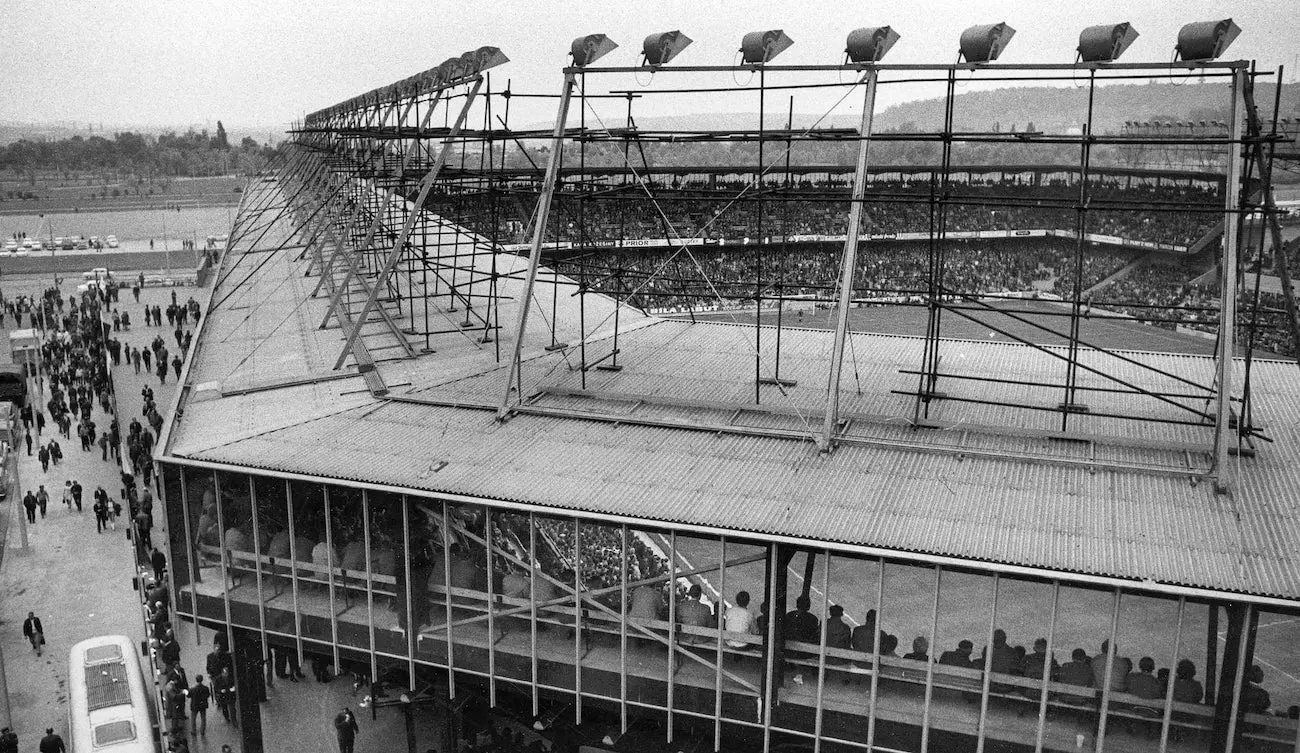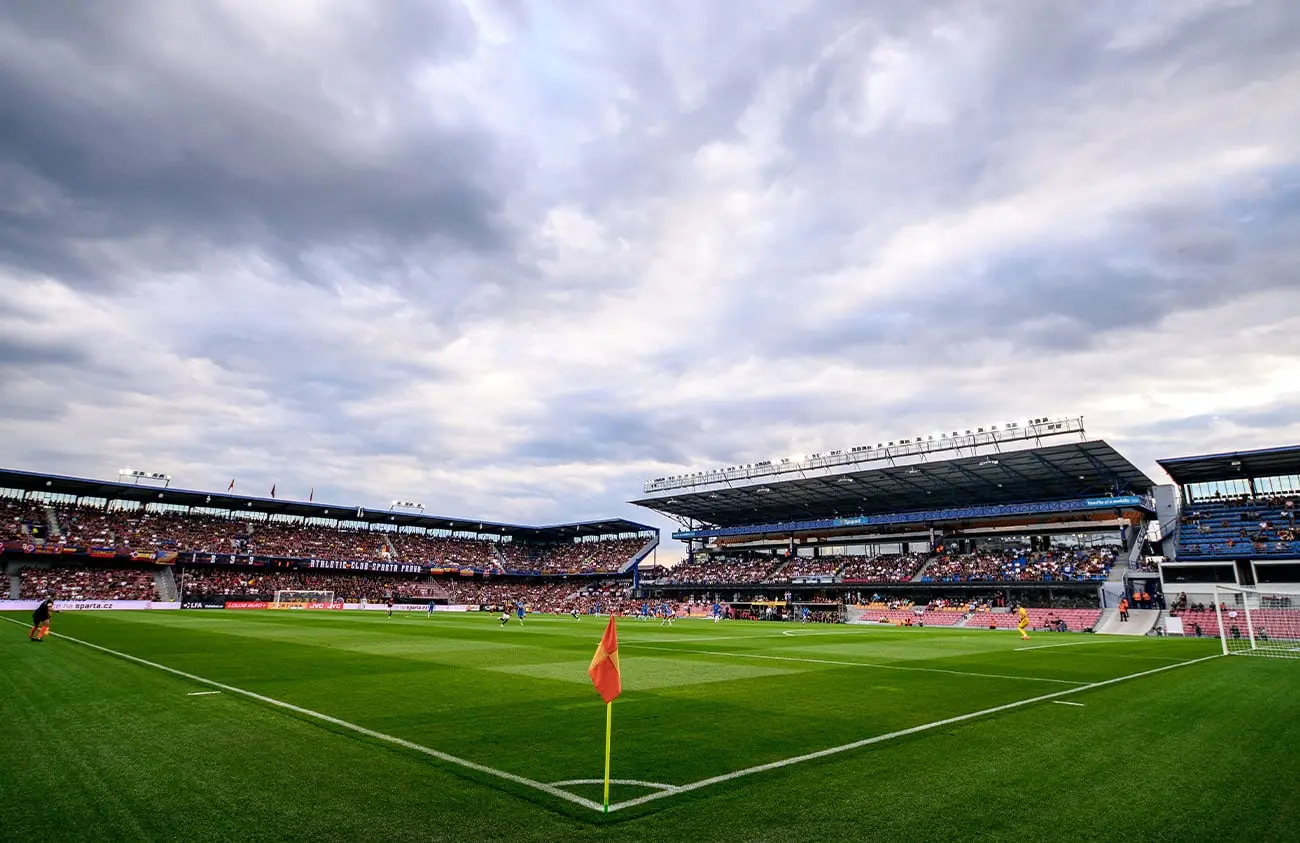Letná Stadium is the stadium where Sparta has been based for decades. However, Sparta spent the first two decades elsewhere than at Letná. How has our home progressed?
Vinohrady and Holešovice
Even though the first place of our club's operation was Královské Vinohrady, it was only a formal step. The founders of Sparta, the Maleček brothers, hoped that the rich city would support their sporting activities more than the neighboring Prague. However, they did not receive any support or even a place to play sports, and so they continued their activities in Maniny, together with the athletics, cycling and skating club AC Praha, from which they had previously broken away.
At the beginning of the twentieth century a great crisis hit our club, the lack of finances affected not only the players but also the facilities, which Sparta had none at that time. Sparta trained on the plaza near Invalidovna, most of the matches were played on Císařské meadow. It was not until 1904 that the Spartans got their first real pitch. It stood opposite the Holešovice brewery and saw the first major successes of the club, for which the legendary Jan Košek scored most of the goals at that time. However, another move came a year later.
Letná was the mecca of Prague football at that time, where a number of football associations, including Slavia, were already based. Fortunately, there was still some space for Sparta, namely in the place of today's Technical Museum, where a real football stadium soon grew. It was far from the luxury of the nearby Slavic one, it had neither hot showers nor a smooth turf, but it was in this modest environment that the first Iron Sparta was born. In the canteen, run by the mother of Karel Pesek-Kádi, Vlasta Burian performed and practiced his acting stunts, the footballers sat there after every match and training session and thus the great team was formed, which for four years did not lose a single match.








